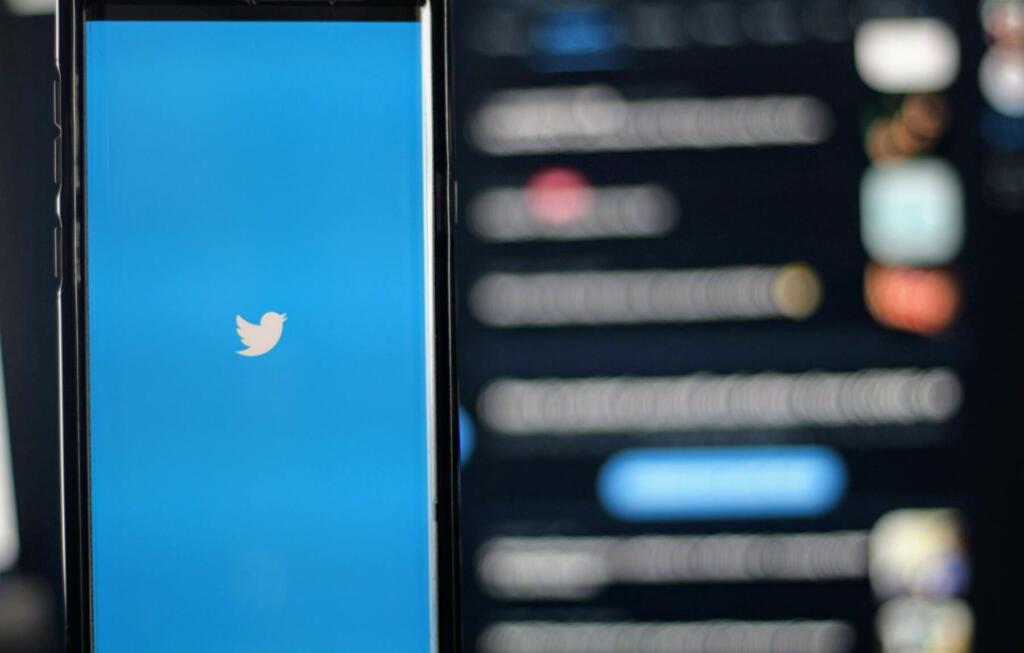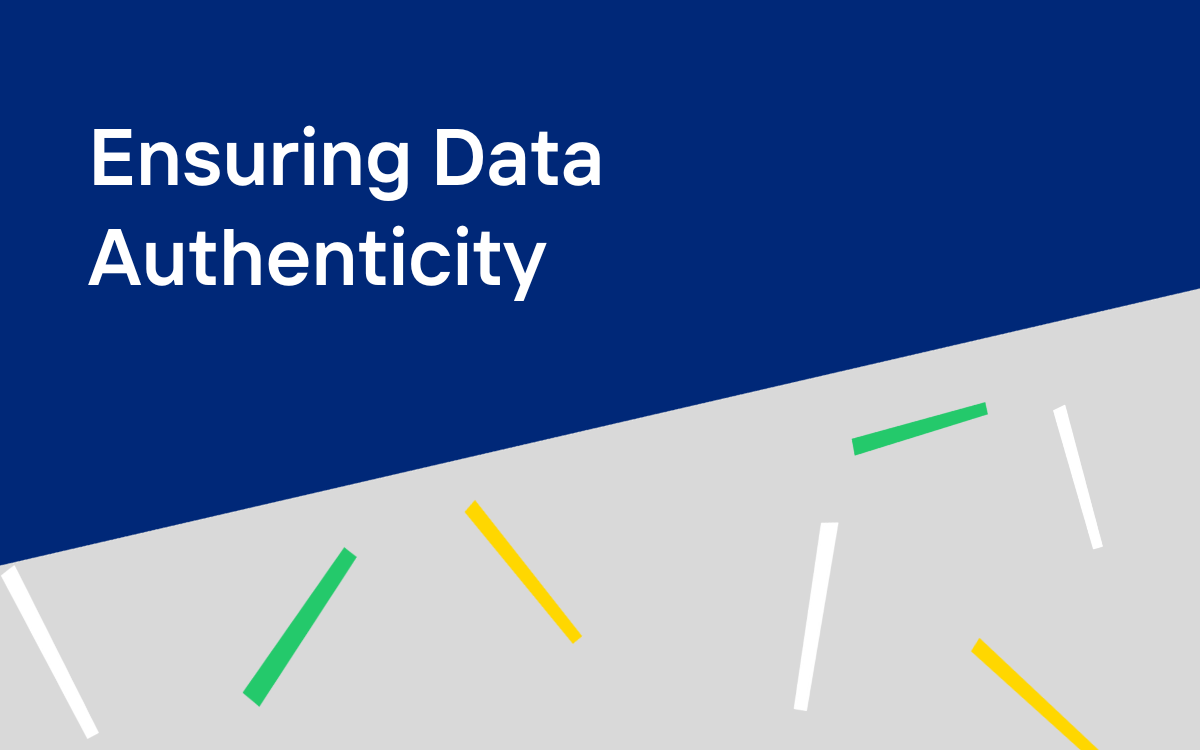If you’ve ever wondered why Elon Musk and Twitter CEO Parag Agrawal are fighting over bots on Twitter, you’re in the right place. Today, we are diving into the world of Twitter bots: what they are, why they exist, how you can spot them, and most importantly—how to deal with them.
What is a Twitter bot?
Twitter bots are automated or semi-automated Twitter accounts. They can take actions such as tweeting, retweeting, liking, following, unfollowing and direct messaging other users on the platform.
Think of those annoying spambots that follow you and direct message you with links to weight loss pills—those are Twitter bots.
The purpose of Twitter bots
There are three categories of bots on Twitter:
- Helpful
- Entertaining
- Harmful
Helpful Twitter bots
These bots make it easier for people to find the content they’re looking for or help them avoid information overload by curating content from a specific topic area.
One example of a helpful Twitter bot is @Nuzzel. This bot tweets out the top stories from the people you follow on Twitter.
Other examples include weather bots that tweet you the forecast for the day or traffic bots that tweet you updates on your commute.
Entertaining Twitter bots
These bots provide a much-needed dose of humor in an otherwise serious world.
One of the most popular examples is the Botnik predictive keyboard, which uses an algorithm to generate hilariously nonsensical tweets based on a corpus of real tweets.
Harmful Twitter bots
Finally, there are the Twitter bots that exist solely to cause harm. Unfortunately, these types of bots are often used for political or financial gain.
They can fill your timeline with spam, like those weight loss pills we mentioned earlier. They can also be used to spread misinformation or sow discord by tweeting out inflammatory content.
In the lead-up to the 2016 U.S. Presidential Election, for example, there were bots that tweeted fake news stories in an attempt to influence the outcome of the election.
Bots can also be used to manipulate public opinion by amplifying certain voices and drowning out others. This is known as astroturfing.

How Twitter bots came to be
Twitter bots have been around for nearly as long as Twitter itself. In 2007, one of the first Twitter bots was created by a man named Ryan King. His bot, called the Twitter Ghost, would automatically retweet anything that contained the hashtag “#twitter”.
The purpose of Twitter Ghost was to create a virtual community on the platform where people could share and discover new content.
In the years since, Twitter bots have become more sophisticated. Today, there are bots that can mimic human interaction and even generate their own original content.
How people set up and operate Twitter bots
Anyone can set up a Twitter bot. There are even online services that allow you to do it without any programming knowledge.
All you need is a Twitter account and some sort of automation tool. For example, IFTTT (If This Then That) is a popular service that lets you automate all sorts of tasks, including tweeting from your Twitter account.
Once you’ve set up your bot, you need to decide what it’s going to do. This will involve creating a list of rules that the bot will follow. For example, a simple bot might be programmed to tweet out a link to a website every time the page is updated with new content.
A more complex bot might be programmed to tweet out a series of random phrases or sentences. The possibilities are endless.
Why Elon Musk is making such a huge deal about bots on Twitter
Elon Musk is no stranger to Twitter bots. He’s been using them for years to promote his businesses and products.
However, he’s recently been locked in a battle with Twitter CEO Parag Agrawal over the way the social media giant handles so-called automated bot accounts.
Musk has accused Twitter of being “lax” on bots. According to Twitter, bots are actually essential to the platform, and Twitter is taking steps to make sure they are used responsibly.
To give context, the Twitter Rules state that users “may not use the Twitter service for the purpose of spamming anyone.” This includes creating multiple accounts for disruptive or abusive purposes, tweeting excessively, and sending unwanted DM’s or mentions.
Twitter is also clear that users “may not automate your activity on the Twitter service,” which includes using bots to like, retweet, or follow other users.
So, what’s Musk’s beef?
Musk appears to be upset that Twitter isn’t doing more to crack down on bots because they can artificially inflate metrics that are important to advertisers.
In a recent interview, Musk even suggested that he may try to lower the price of his $44 billion offer for the company or walk away from the deal entirely if Twitter doesn’t do more to address his concerns.
In response, Agrawal has said that Twitter is taking the issue of bots seriously and is working hard to solve the problem.
How automation and inauthentic activity affect a platform’s monetization and advertising capabilities
Twitter makes the vast majority of its money from advertising. In 2021, the company generated $4.5 billion in advertising revenue.
Twitter’s ad business is built on two factors: engagement and user growth.
Engagement is key because it helps Twitter sell ads that are more likely to be seen and interacted with by users. The more engagement a platform has, the more valuable it is to advertisers.
User growth is also crucial because it helps Twitter expand its potential customer base. The more people that use Twitter, the more potential advertisers are willing to pay to reach those users.
Twitter’s ad business is being threatened by bots and automation
Bots and automation can be used to artificially inflate both engagement and user growth levels on the platform.
For example, a bot could be used to like or retweet content from a specific account. This would give the appearance that the account is more popular than it actually is and make it more likely for people to see the content in their timeline.
Bots can also be used to generate fake accounts, which can then be used to follow other accounts or like and retweet their content. This would hike up the number of followers an account has, making it appear more influential.
Inauthentic user growth and engagement would make Twitter less valuable to advertisers because the “people” they are paying to reach might not be real humans after all.
So, is there any way for advertisers to determine whether Twitter engagement is authentic?
Twitter does not offer any way for advertisers to determine whether the engagement they’re receiving is authentic. This means that advertisers are at the mercy of Twitter when it comes to bot activity on the platform.
In the past, Twitter has taken action against bots and other forms of malicious activity on the platform. However, these actions have been reactive rather than proactive. For the most part, advertisers have to rely on their own judgment when it comes to determining whether the engagement they’re receiving is real.
Twitter’s bot problem is unlikely to go away anytime soon. The best way to protect yourself from being scammed by a bot is to be aware of the signs that an account may be a bot. If you’re ever in doubt, the best course of action is to avoid engagement.
What’s next for Elon Musk and Twitter?
It’s still unclear what, if anything, will come of Musk’s complaints about Twitter bots.
It’s possible that he’ll use the issue as leverage to try to lower the price of his offer to the company. It’s also possible that he’ll walk away from the deal entirely if Twitter doesn’t do more to address his concerns.
If Elon Musk acquires Twitter, how might he crack down on bots?
One thing is for certain: It’s likely that he would draw a hard line on bots.
This could mean instituting stricter policies against automated accounts or even shutting down some of the more popular bot-powered services.
Here are a few measures Musk might take to fight the Twitter bots:
- Deploy multi-factor authentication (MFA): MFA is an extra layer of security that requires users to confirm their identity before being able to log in. This would make it more difficult for bot accounts to gain access to Twitter.
- Suspend or delete offending accounts: Musk could direct Twitter to suspend or delete accounts that are found to be violating the company’s Terms of Service. This would effectively remove them from the platform.
- Limit API access: Twitter could limit the amount of data that third-party applications can access. This would make it more difficult for bot makers to create and operate their bots.
- Monitor account activity: Twitter could increase its monitoring of account activity in order to identify and take action against suspicious or malicious behavior.
- Deploy a bot mitigation solution….
Whether or not Musk follows through on his threat to walk away from Twitter, it’s clear that he’s not happy with the way the company is handling bots.
And, given his track record, it’s possible that he could take some drastic measures to fight them if he does acquire the social media giant.
Why does Twitter have a security problem whereas other platforms have less of a challenge with the prevalence of bots?
Here are a few possible explanations:
- Twitter’s real-time nature makes it more difficult to detect and remove malicious or spammy content. By the time Twitter takes action, the damage may already be done.
- Twitter’s API is more permissive than other social media platforms, making it easier for bots to operate undetected.
- Twitter has a history of being slow to take action against abusive or spammy accounts. This hands-off approach may be due in part to the company’s focus on free speech.
Whatever the reason, it’s clear that Twitter has a bot problem. And, until the company takes decisive action to address it, bots will continue to run rampant on the platform.
How to spot a Twitter bot
Twitter bots can be tricky to spot, but there are a few telltale signs that you’re dealing with one:
- The account’s profile picture is a generic image or an image of a celebrity or public figure
- The account’s bio is short and lacking in detail, or if it looks like it was written by a marketing team
- The account’s tweets are all links to external content or if they all contain the same hashtag or keyword
- The account’s activity is tweeting hundreds of times per day or if it’s following and unfollowing people en masse
If you see any of these red flags, there’s a good chance you’re dealing with a bot account. And, if you’re ever in doubt, you can always visit the Twitter Botometer to get a more definitive answer.
Private data is the only surefire way to know if a user is a bot
In Agrawal’s words, “The use of private data is particularly important to avoid misclassifying users who are actually real. FirstnameBunchOfNumbers with no profile pic and odd tweets might seem like a bot or spam to you, but behind the scenes, we often see multiple indicators that it’s a real person.”
The private data Agrawal is referring to could be login activity, direct message logs, and browsing history. Twitter has access to this data, but it’s unlikely that the average user does.
The platform is reluctant to share private data with outside entities, even when it would help to fight the bots. While there’s no way to know if a Twitter user is a bot without accessing private information, paying attention to the signs listed above can help you avoid being manipulated by one.
How you can deal with annoying Twitter bots
If you’re dealing with a bot that’s simply annoying, you can mute or block the account. This will prevent the bot’s tweets from showing up in your timeline.
If you come across a harmful bot, the best thing you can do is block the account and report it to Twitter. You should also avoid interacting with the bot in any way, as this could help amplify its activity.
Whether you love them or hate them, Twitter bots are here to stay.
It’s important to be aware of the different types of bots and how to spot them. With that knowledge, you can decide for yourself whether or not you want to engage with them.
At Kasada, we offer our partners protection against bot attacks and other automated threats. Request a demo today.






